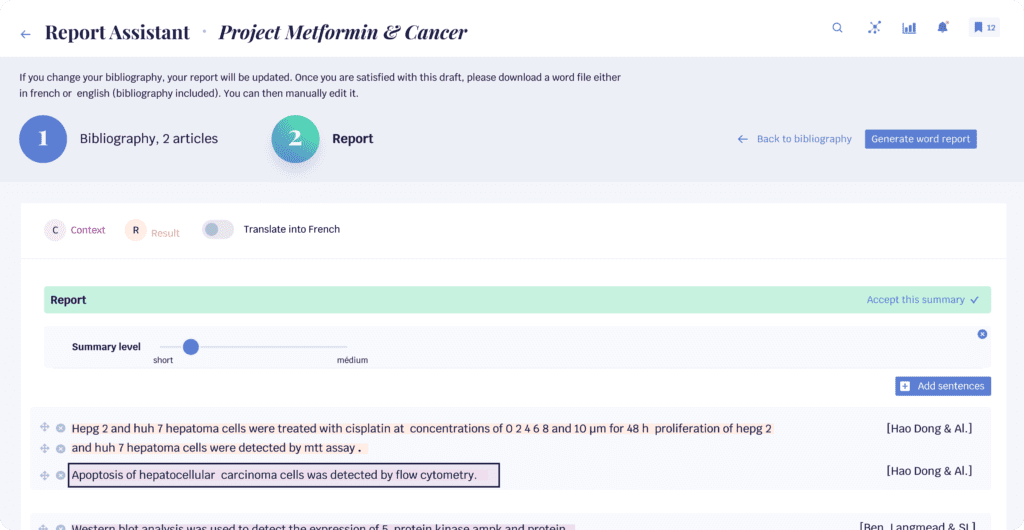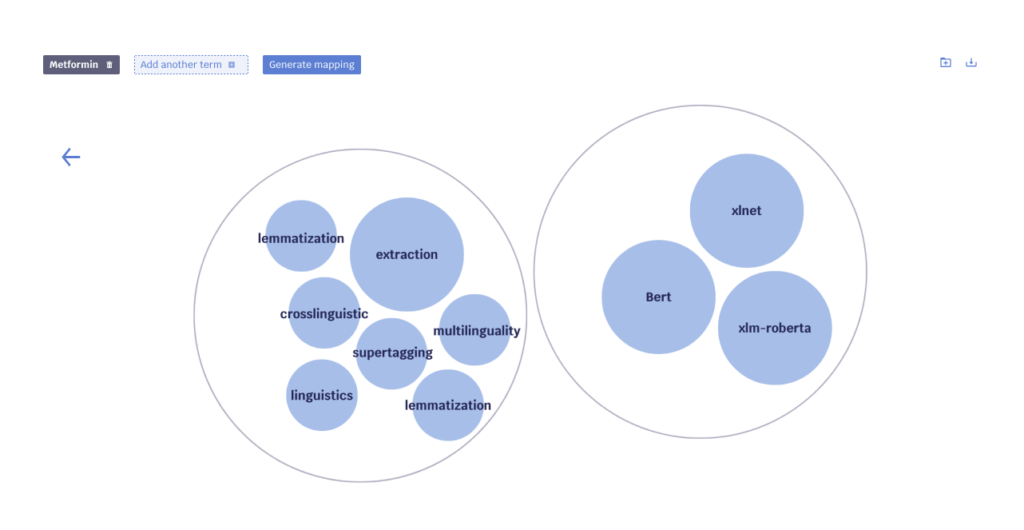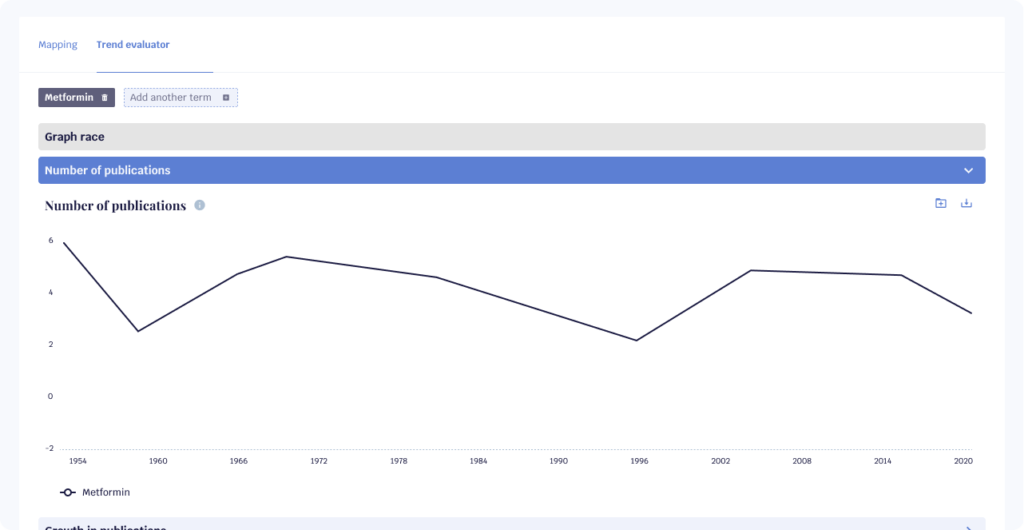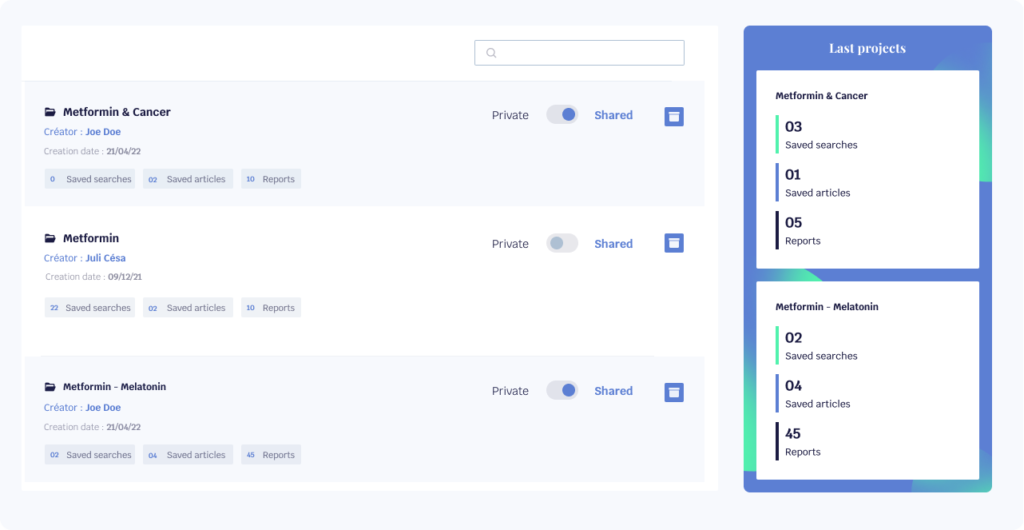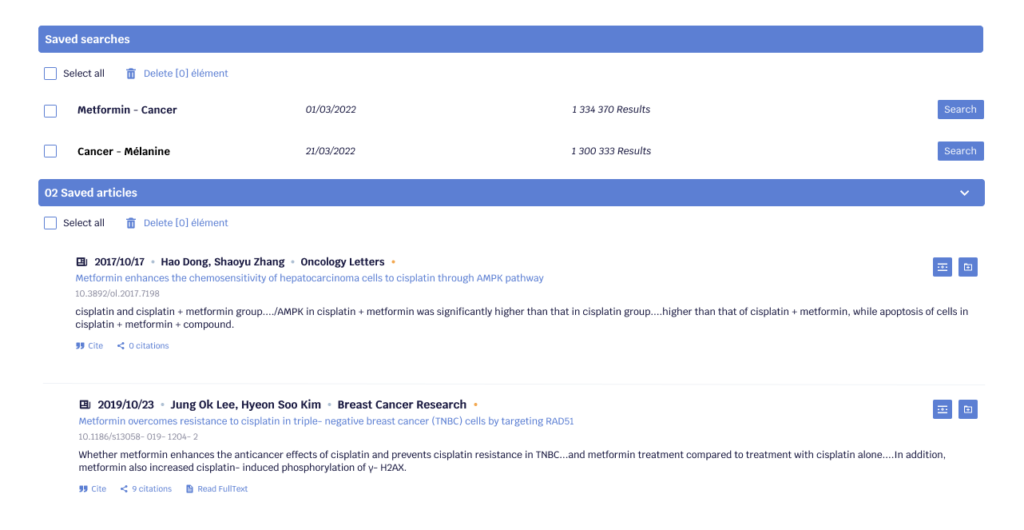Can Chat GPT revolutionise your technological and scientific watch process?
Chat GPT has revolutionized numerous sectors, including technology monitoring, by optimizing the collection, analysis, and dissemination of technological information.
No more hours spent meticulously selecting relevant content – Chat GPT simplifies and accelerates this process by developing deep knowledge in scientific and technological domains.
However, despite its impressive capabilities, Chat GPT also has certain limitations. Therefore, intelligent use of Chat GPT remains essential.
Get ready for an engaging dive into the world of 2.0 technology monitoring!
Table of Contents :
- Understanding Chat GPT
- The Benefits of Chat GPT for Technology Watch
- The Limitations of Chat GPT for Technology Watch
- Best Practices for Effective Technology Watch with Chat GPT
- Use Cases of Chat GPT for Technology Watch
- Enhancing Your Watch with Complementary Tools to Chat GPT
- Opscidia’s Commitments to Address the Limitations of Artificial Intelligence
Comprendre Chat GPT
Chat GPT is an artificial intelligence model developed by OpenAI, based on a concept called “transformer,” which allows the algorithm to understand and generate text with high precision.
Similar to a doctoral student, Chat GPT has been trained by studying a large amount of relevant information and text. In simple terms, Chat GPT leverages artificial intelligence to analyze a vast amount of online information. Its “infinite memory” grants it access to a vast knowledge base, but it lacks true contextual understanding and deep expertise.
Read more
Aller au chapitre :
While a doctoral student dedicates years to specialize in a research field, acquiring in-depth expertise based on literature, knowledge transfer, and practical experience.
The combination of human expertise, infinite memory, and fast data processing offers promising potential for effective technological monitoring. The analytical capabilities of ChatGPT, complementing human expertise, create a synergy that can enhance the quality and relevance of technological monitoring.
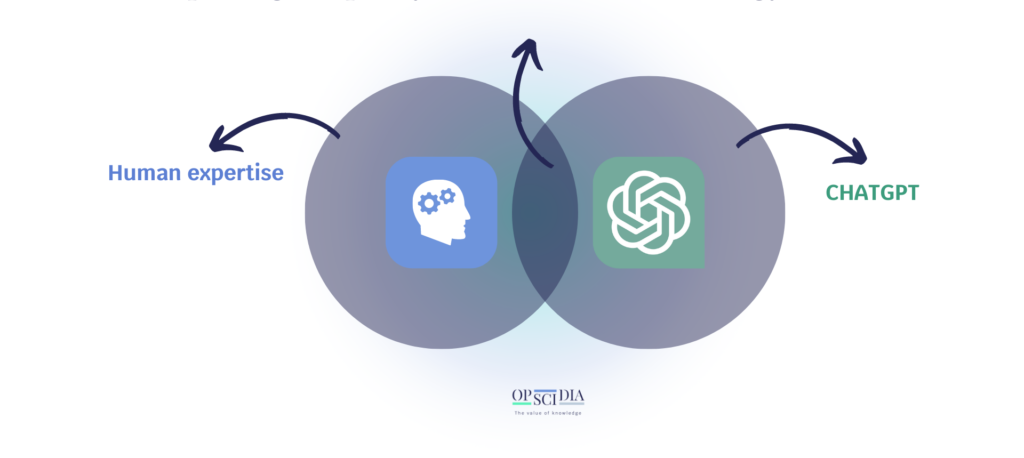
2. The advantages of Chat GPT for technological monitoring
Chat GPT will save you time, provide quick access to relevant information, and keep you updated on the latest technological advancements.
Chat GPT has multiple applications in the field of technological monitoring. Here are a few examples:
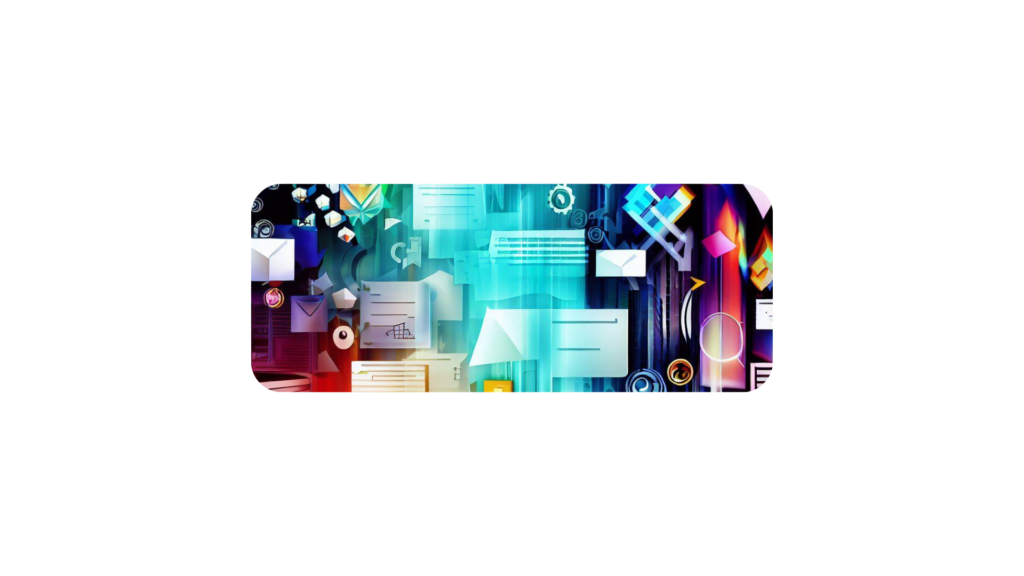
Information gathering
Chat GPT can browse through a large amount of online sources to gather targeted information from multiple documents or find the document that contains the information you’re looking for.
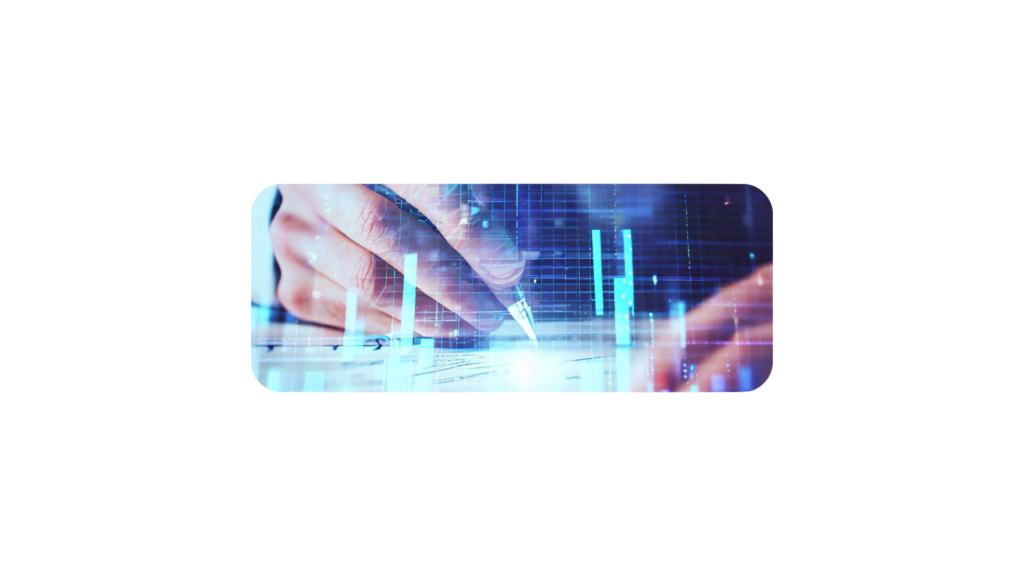
Data analysis
Chat GPT can analyze both structured and unstructured data to extract key insights and technological trends.

Responses to specific questions
Chat GPT can answer specific questions about technological topics, providing quick and accurate information on concepts.

Content Generation
Chat GPT can generate written content, such as summaries of scientific articles, technology reports, or market analyses.

Trend Detection
Chat GPT can help identify emerging trends in the technology field by analyzing online discussions, articles, and scientific publications.
3. Les limites de Chat GPT pour la veille technologique
While it represents a promising solution, generative AI has its limitations for technology monitoring, so it is important to recognize these limitations in order to work effectively with it.
One of the main concerns is the reliability of the information provided by Chat GPT. Being capable of generating content, it can sometimes produce unsourced or unreliable information, which can compromise the quality of technology monitoring.
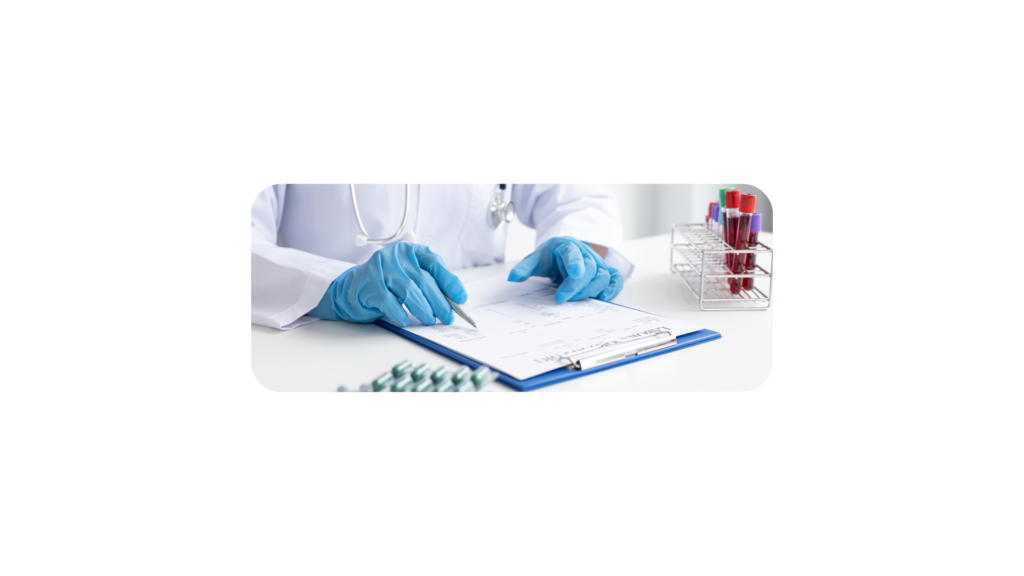
One of the main concerns is the reliability of the information provided by Chat GPT. Being capable of generating content, it can sometimes produce unsourced or unreliable information, which can compromise the quality of technology monitoring.
Additionally, Chat GPT can also “hallucinate,” meaning it can generate responses that are not based on real facts. This lack of traceability can make it difficult to verify the origin and accuracy of the information provided.

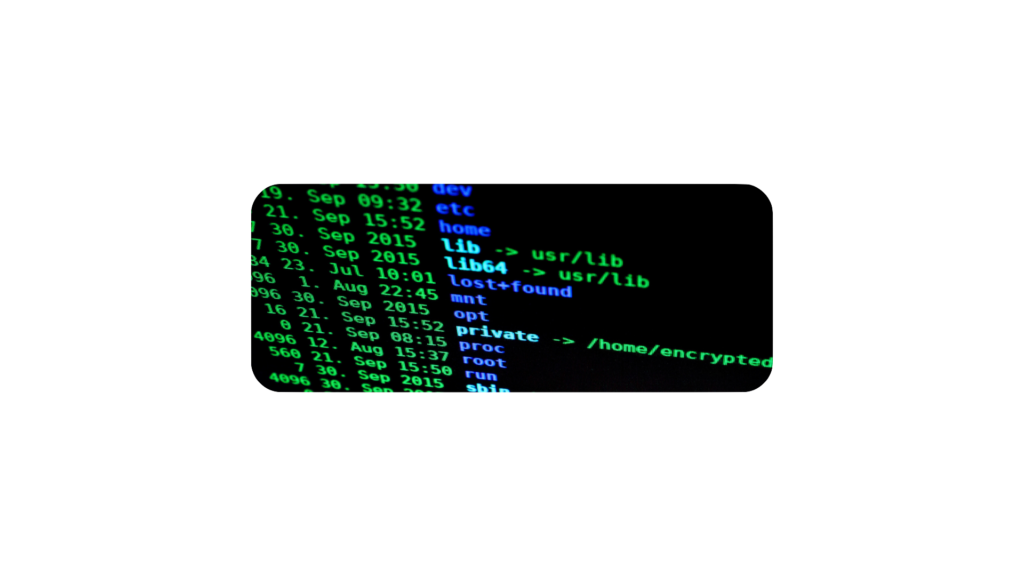
The use of Chat GPT for technology intelligence raises concerns regarding data privacy and security, as it is powered by pre-trained models and could potentially result in sensitive information leaks to OpenAI.
It is therefore essential to understand the limitations of Chat GPT and to use it discerningly in the context of technology intelligence.
4. Best practices for effective technology intelligence with Chat GPT.
In a rapidly evolving technological world, technology intelligence is essential to stay ahead of advancements. Chat GPT can be a valuable asset to enhance the efficiency of your technology intelligence. However, to make the most of it, it is important to follow certain best practices.

Select the appropriate model: Choose the ChatGPT model that best suits your needs. Different versions of ChatGPT may vary in terms of capabilities and specificities. Select the one that is most suitable for your area of interest, such as the ChatGPT-3.5 Turbo model.
Train the model: If possible, train the ChatGPT model on specific data related to your domain. This can enhance the relevance of the results by adapting the model to your specific context. Introduce your prompts by providing contextual information or additional details during the ChatGPT conversation.
3. Verify the reliability of sources: Just like any other form of research, make sure to verify the reliability and credibility of the information sources provided by ChatGPT. Cross-check the information obtained with other sources to validate their accuracy.
4. Evaluate and adjust: Regularly evaluate the results obtained with ChatGPT and adjust your queries based on technological advancements. Continuously refine your use of ChatGPT to maximize its effectiveness.
5. Combine with other tools and expertise: ChatGPT is a powerful tool, but it can be complementary to other monitoring tools and human expertise. Feel free to combine ChatGPT with other sources of information and consult experts for a more comprehensive and in-depth monitoring experience.
5. Use Cases of ChatGPT for Technology Monitoring
ChatGPT has been successfully integrated into technology and scientific monitoring processes, where it has been used to analyze and summarize vast amounts of information.
In these cases, ChatGPT has demonstrated its ability to provide relevant insights, identify emerging trends, and facilitate the search for specific information. This makes it a valuable tool for supporting professionals in their decision-making and understanding of technological and scientific advancements.
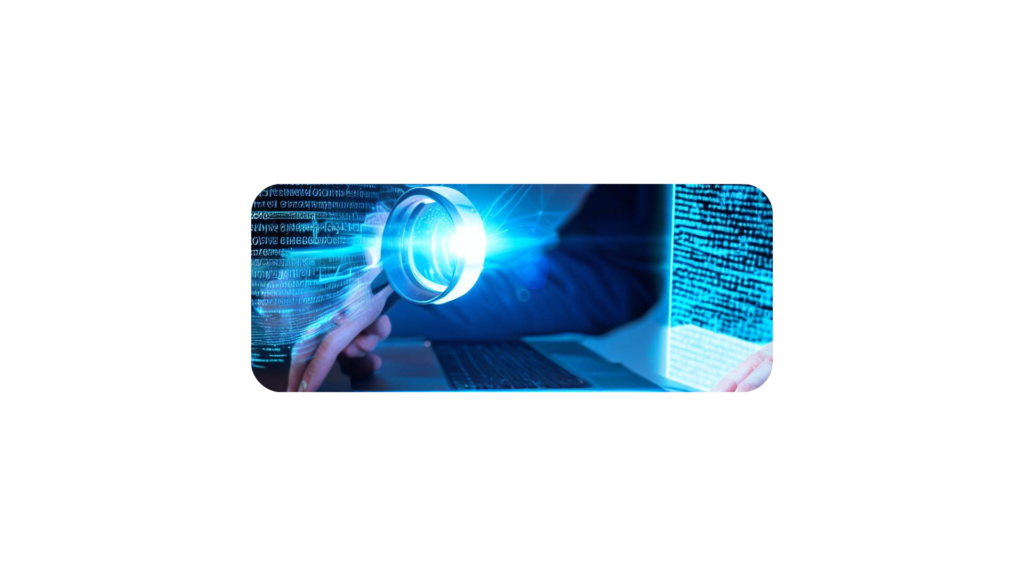
Detection of fake scientific publications :
Researchers from the University of Kansas have developed an algorithm capable of detecting scientific articles generated by ChatGPT, an AI-based language model, with an accuracy of over 99%.
Helps scientists in writing their studies :
ChatGPT is increasingly being used in scientific and medical fields for tasks such as writing patient health summaries, medical diagnosis, and rapid scientific publication drafting.
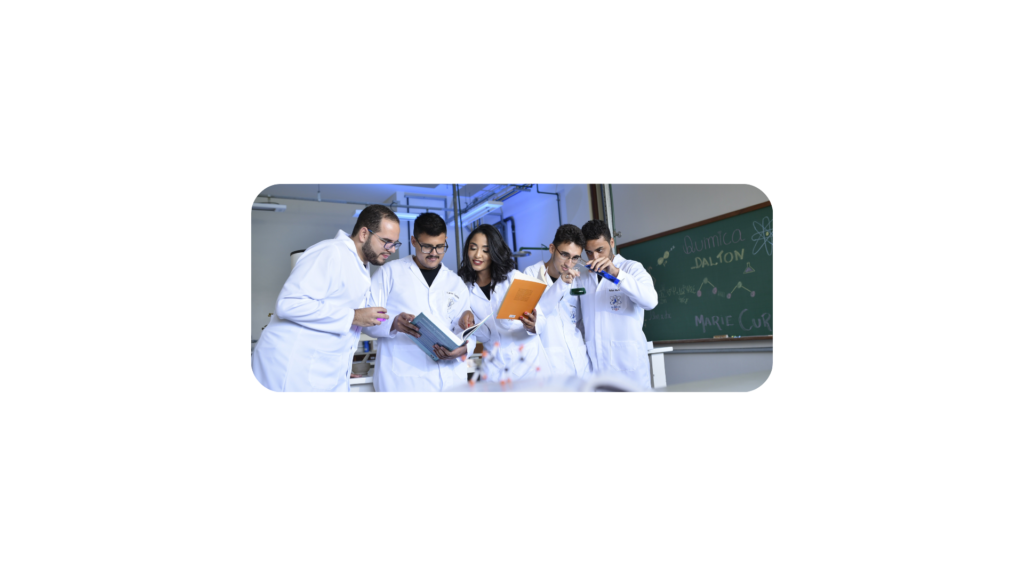

Analyze climate disasters :
Using an artificial intelligence model similar to ChatGPT, IBM will assist NASA in making sense of data, including open data, that the agency seeks to make more widely accessible. The collaborative work between IBM and NASA could help teams detect the extent of a flood or assess damage caused by a hurricane, among other applications.
6. Enhance your monitoring with complementary tools to ChatGPT.
While ChatGPT is a powerful artificial intelligence model that can assist you in your technological and scientific monitoring, there are also other tools that can enrich and strengthen this process.
Here are some complementary tools to ChatGPT that can enhance your scientific and technological monitoring :
Use search engines dedicated to scientific and technological fields such as Google Scholar, PubMed, IEEE, arXiv, Opscidia. These search engines allow you to access scientific articles, research publications, and other relevant sources.
Content aggregators : Platforms like Feedly ou Flipboard allow you to gather and organize RSS feeds from various websites, blogs, and scientific journals. This helps you easily track the latest publications and news in your field of interest.

Opscidia utiliser un grand nombre de ses fonctionnalités pour améliorer les processus de veille grâce à l’Intelligence artificielle. Découvre notre app
- Tools such as Pocket, Evernote, Zotero ou Opscidia to organize and save articles, studies, and other interesting resources that you come across during your research. This makes it easier to retrieve and refer back to the information later on.
- Scientific collaboration platforms : Platforms like ResearchGate, Academia.edu or Opscidia allow you to discover and share scientific articles, connect with other researchers, and participate in scientific discussions.
- Alerts and notifications : Set up alerts and notifications for relevant keywords in your field of interest. Tools likeGoogle Alerts, Talkwalker Alerts or Opscidia can send you regular updates on new publications, media mentions, and discussions related to your research topics.
- Reference management applications : Tools like Mendeley, or Zotero help you manage and organize your bibliographic references. They also facilitate the generation of citations and bibliographies for your research work.
- Summarizing one or multiple scientific articles : Opscidia’s tool allows you to generate summaries of one or multiple scientific articles. This helps you save valuable time in finding relevant information.
Opscidia utilizes many of these features to enhance the research process through Artificial Intelligence. Discover our app today.
7. Opscidia's commitment to combating the limits of artificial intelligence
Opscidia utilizes a rigorous technical approach to address the limitations of generative AI and ensure the reliability of the generated information.
Data reliability is prioritized by Opscidia. The algorithm used by Opscidia is based on an AI model trained on high-quality datasets from reliable and verified scientific sources such as arXiv, PubMed, Crossref, among others. This helps mitigate the risk of unsourced or erroneous information.
To combat hallucinations or fictional information, Opscidia relies on reliable scientific documents such as research papers or patents for its generative AI features. This ensures that users receive coherent and sourced information.
Data security is also a top priority for Opscidia. Information traceability is maintained, with each generated piece of information recorded and built upon reliable and sourced information. This allows for the tracking of information origin and verification of its validity, providing greater transparency and traceability for users.
Overall, Opscidia is committed to providing reliable, verified, and traceable information. This allows users to benefit from a trusted source of information while minimizing the risks associated with generative AI.
Discover all the features designed to accelerate your technological watch thanks to AI.
